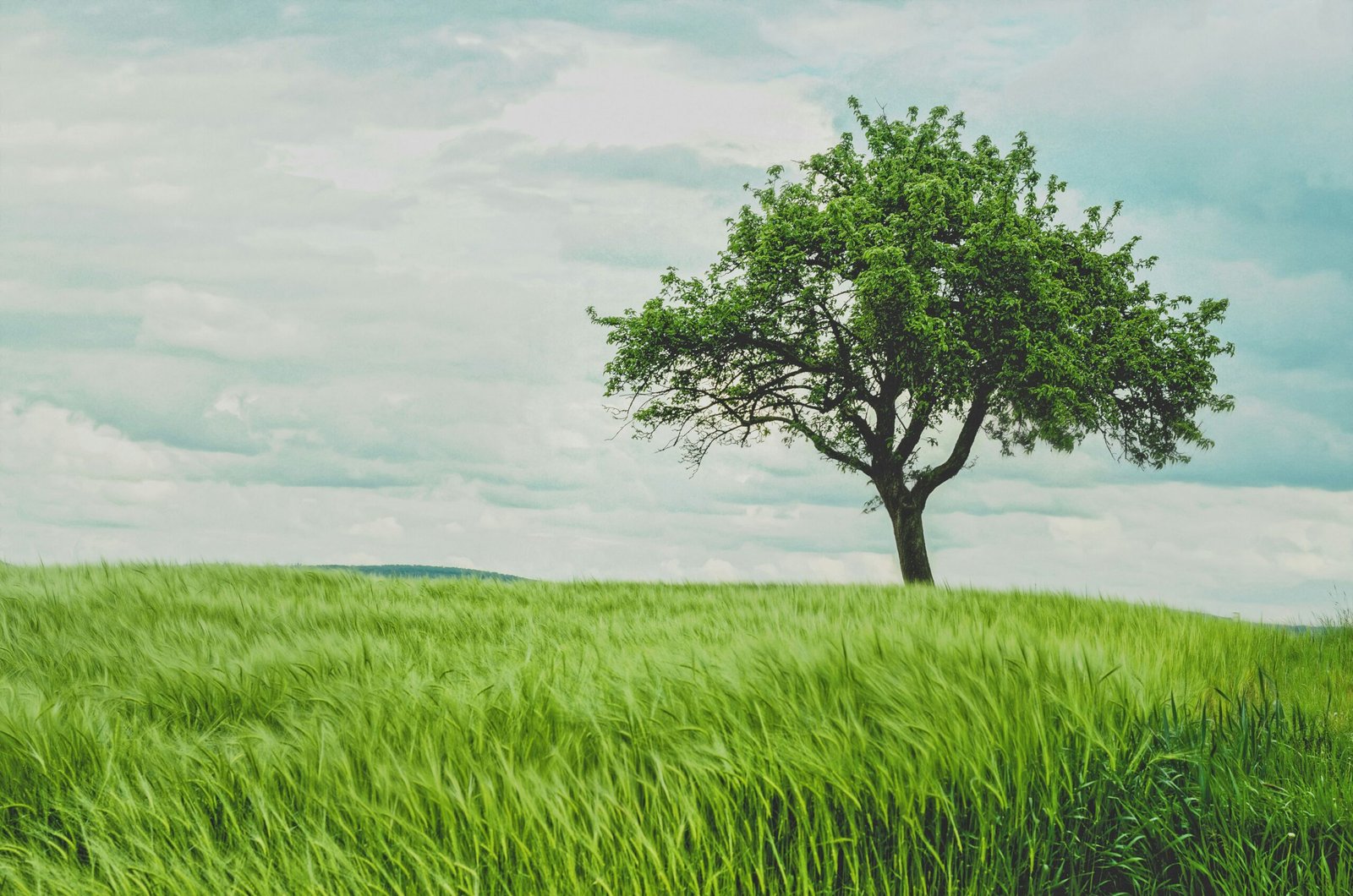Table of Contents
Palm Tree Growth Stages: A Comprehensive Guide
When it comes to creating a lush and tropical landscape, palm trees are a popular choice for homeowners and landscapers alike. These majestic trees not only add beauty and elegance to any outdoor space but also provide shade and a sense of tranquility. However, understanding the growth stages of palm trees is essential for their proper care and maintenance. In this article, we will explore the various growth stages of palm trees and provide valuable insights for nurturing and maintaining these stunning plants.
1. Germination Stage:
The first stage in the growth of a palm tree is germination. This is when the seed begins to sprout and develop into a seedling. During this stage, it is crucial to provide the seed with the right conditions for growth. This includes proper watering, adequate sunlight, and a well-draining soil mix. It is also important to protect the seedling from extreme temperatures and pests.
2. Seedling Stage:
Once the seed has germinated, it enters the seedling stage. At this point, the palm tree will start to develop its first set of true leaves. These leaves are usually smaller and less developed compared to the mature leaves of an adult palm tree. During this stage, it is essential to continue providing the seedling with the right conditions for growth, including regular watering and fertilization.
3. Juvenile Stage:
As the palm tree continues to grow, it enters the juvenile stage. During this stage, the tree will start to develop its characteristic palm fronds. These fronds are larger and more developed than the leaves of the seedling stage. The tree will also start to develop a trunk, although it may still be thin and not fully formed. It is important to provide the juvenile palm tree with adequate water, sunlight, and nutrients to support its growth.
4. Adult Stage:
Once the palm tree reaches maturity, it enters the adult stage. At this point, the tree will have a fully developed trunk and a crown of lush, mature fronds. The adult stage is when the palm tree is at its most majestic and provides maximum shade and beauty to its surroundings. However, even in the adult stage, proper care is still necessary to ensure the health and longevity of the tree. This includes regular pruning, fertilization, and protection against pests and diseases.
5. Senescence Stage:
Like all living organisms, palm trees eventually reach the senescence stage. This is the final stage in the life cycle of a palm tree, where it starts to decline in health and vitality. Signs of senescence include yellowing or browning fronds, reduced growth, and overall decline in appearance. While it is natural for a palm tree to enter the senescence stage, proper care and maintenance can help prolong its lifespan and delay the onset of decline.
In conclusion, understanding the growth stages of palm trees is crucial for their proper care and maintenance. By providing the right conditions and care at each stage of growth, you can ensure that your palm tree thrives and adds beauty to your outdoor space for years to come. Whether you are growing palm trees from seeds or planting mature specimens, following these guidelines will help you create a lush and tropical landscape that you can enjoy and take pride in.
Understanding Palm Tree Growth
Before delving into the different growth stages, it is important to understand how palm trees grow. Unlike traditional trees, palm trees do not have a secondary growth in width. Instead, they have a single, vertical trunk that elongates as the tree matures. The growth of palm trees occurs from the bud located at the top of the trunk, which produces new leaves and branches.
Palm trees are classified as monocots, meaning they belong to a group of flowering plants that have a single embryonic leaf, or cotyledon. This unique characteristic sets them apart from dicots, which include most other trees and plants. The growth of palm trees can be categorized into several distinct stages, each with its own characteristics and requirements.
The Germination Stage
The first stage in the growth of a palm tree is germination. This is when the seed begins to sprout and develop into a young plant. The germination process is influenced by various factors such as temperature, moisture, and soil conditions. Once the seed is exposed to the right conditions, it will start to absorb water and nutrients, causing it to swell and eventually crack open. From this crack, the radicle, or primary root, emerges and begins to grow downwards into the soil. At the same time, the plumule, which contains the embryonic shoot, starts to elongate and push its way above the ground.
The Seedling Stage
After germination, the palm tree enters the seedling stage. During this stage, the young plant develops its first set of true leaves, which are different from the cotyledon leaves that initially emerged from the seed. These true leaves are usually smaller and more similar in shape to the mature leaves of the palm tree. The seedling stage is a critical period for the palm tree as it establishes its root system and adapts to its environment. Proper care and attention, such as providing adequate water, sunlight, and nutrients, are essential during this stage to ensure the healthy growth of the palm tree.
The Juvenile Stage
As the palm tree continues to grow, it enters the juvenile stage. During this stage, the trunk of the palm tree elongates, and new leaves and branches are formed. The growth rate of the palm tree is relatively slower compared to the seedling stage, but it is still important to provide the necessary care and maintenance. Pruning may be required to remove dead or damaged leaves, and fertilization can help supply the palm tree with essential nutrients for optimal growth. It is also important to protect the palm tree from extreme weather conditions and pests that may cause harm.
The Mature Stage
After several years of growth, the palm tree reaches the mature stage. At this point, the trunk has fully elongated, and the palm tree has developed a canopy of leaves. The growth rate slows down significantly, and the focus shifts to maintaining the health and appearance of the palm tree. Regular maintenance tasks such as pruning, fertilization, and pest control become even more important to ensure the longevity of the palm tree. Additionally, providing adequate water and protection from harsh environmental conditions will help the palm tree thrive in its mature stage.
In conclusion, understanding the growth stages of palm trees is crucial for their successful cultivation. From germination to maturity, each stage requires specific care and attention to ensure the healthy development of the palm tree. By providing the necessary conditions and maintenance, palm tree enthusiasts can enjoy the beauty and elegance of these unique trees for many years to come.
Germination Stage
The first stage in the growth of a palm tree is the germination stage. This is when a seed begins to sprout and develop into a seedling. Palm tree seeds are typically enclosed in a hard outer shell, which protects them from harsh environmental conditions. To encourage germination, it is recommended to soak the seeds in warm water for 24-48 hours before planting.
During the germination stage, the seed absorbs water and swells, causing the outer shell to crack. A small root, known as the radicle, emerges from the seed and begins to grow downward into the soil. Simultaneously, a shoot emerges from the seed and starts to grow upward towards the surface.
It is important to provide the seedling with a well-draining soil mix and adequate moisture during this stage. Placing the seedling in a warm and humid environment can also promote healthy growth. It is worth noting that germination can vary depending on the palm tree species, with some seeds taking weeks or even months to sprout.
Seedling Stage
Once the seedling emerges from the soil, it enters the seedling stage. At this point, the palm tree begins to develop its first set of true leaves, which are larger and more defined than the initial seed leaves. The seedling stage is crucial for establishing a strong root system and developing a sturdy trunk.
During this stage, it is important to provide the seedling with proper nutrition and sunlight. A balanced fertilizer specifically formulated for palm trees can help supply essential nutrients for healthy growth. Nitrogen is especially important for promoting leaf and stem growth, while phosphorus aids in root development. Potassium contributes to overall plant health and disease resistance.
In addition to nutrients, the seedling requires adequate sunlight to carry out photosynthesis, the process by which it converts light energy into chemical energy. Placing the seedling in a location that receives at least six hours of direct sunlight per day is ideal. If natural sunlight is limited, supplementary artificial light can be used to ensure the seedling receives the necessary light intensity and spectrum.
Protecting the seedling from extreme weather conditions is crucial during this stage. Strong winds can damage the fragile leaves and stem, and frost can kill the young plant. Creating a windbreak using stakes and fabric or planting the seedling in a sheltered area can help mitigate the effects of wind. Covering the seedling with a frost cloth or moving it indoors during cold periods can protect it from frost damage.
Regular watering is essential during the seedling stage, as the young palm tree is more susceptible to drying out. However, it is important to avoid overwatering, as excessive moisture can lead to root rot and other fungal diseases. Proper drainage is crucial to prevent waterlogged soil. Watering deeply and less frequently, allowing the soil to dry out slightly between waterings, promotes the development of a strong and deep root system.
Juvenile Stage
As the palm tree continues to grow, it enters the juvenile stage. During this stage, the tree develops more leaves and the trunk begins to thicken. The juvenile stage can last several years, depending on the palm tree species. This stage is characterized by rapid vertical growth and the formation of a distinct trunk.
Proper care during the juvenile stage is essential to ensure healthy growth and development. Regular fertilization with a slow-release palm tree fertilizer can provide the necessary nutrients for optimal growth. It is also important to continue providing adequate sunlight and water, taking care not to overwater the tree.
Pruning is generally not recommended during the juvenile stage, as it can hinder the tree’s growth. However, removing any dead or damaged fronds can help maintain the overall health and appearance of the palm tree.
In addition to regular care, protecting the palm tree from potential threats is crucial during the juvenile stage. One common threat is pests, such as palm weevils or spider mites, which can damage the leaves and weaken the tree. Regular inspection and early intervention can help prevent infestations and minimize damage.
Another potential threat to the palm tree during the juvenile stage is extreme weather conditions. Strong winds or heavy rain can cause the tree to sway or even uproot. Providing support, such as staking, can help stabilize the tree and protect it from damage.
Furthermore, during the juvenile stage, it is important to monitor the soil moisture levels. Overwatering can lead to root rot, while underwatering can cause the tree to become stressed and susceptible to diseases. Regularly checking the soil moisture and adjusting the watering schedule accordingly can help maintain a healthy balance.
Lastly, proper spacing is essential during the juvenile stage. Palm trees require adequate space to grow and spread their roots. Planting them too close together can lead to competition for resources and hinder their growth. It is important to follow the recommended spacing guidelines for the specific palm tree species to ensure their long-term health and vitality.
Mature Stage
Once the palm tree reaches its mature stage, it has developed a strong trunk and a full crown of leaves. The growth rate slows down significantly during this stage, and the tree focuses on producing flowers and fruits. The exact timing of reaching maturity varies depending on the palm tree species.
At this stage, proper maintenance and care are crucial to ensure the longevity of the palm tree. Regular watering, especially during dry periods, is essential to keep the tree hydrated. Mulching around the base of the tree can help retain moisture and regulate soil temperature.
Pruning is necessary to remove any dead or dying fronds and to maintain the overall shape and appearance of the palm tree. It is important to use clean and sharp pruning tools to prevent the spread of diseases.
In addition to regular watering and pruning, fertilizing the palm tree is also important during its mature stage. A balanced palm tree fertilizer, rich in essential nutrients like nitrogen, phosphorus, and potassium, can help promote healthy growth and enhance the tree’s ability to produce flowers and fruits.
Furthermore, protecting the palm tree from pests and diseases is crucial at this stage. Regular inspections should be conducted to identify any signs of infestation or infection. Common pests that can affect palm trees include spider mites, scales, and palm weevils. If any pests are detected, appropriate measures should be taken to control their population and prevent further damage to the tree.
Another aspect of caring for a mature palm tree is ensuring proper support for its heavy crown. As the tree grows older, the weight of the crown increases, and without adequate support, it can lead to the bending or breaking of the trunk. Installing braces or using support systems can help distribute the weight evenly and prevent any structural damage.
Lastly, regular monitoring of the palm tree’s health is essential during its mature stage. Any signs of yellowing or browning leaves, stunted growth, or other abnormalities should be addressed promptly. Consulting with a professional arborist or horticulturist can provide valuable guidance and ensure the well-being of the palm tree.



